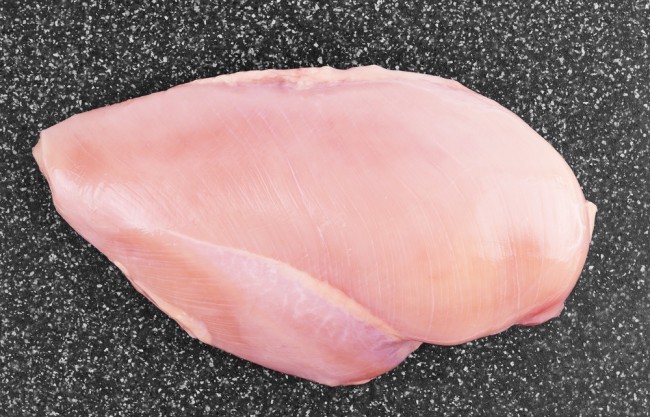
When someone can’t place a flavor, there’s a reason the say, “it tastes like chicken.” That’s because everyone knows what chicken tastes like. If you’re not a vegetarian or vegan, it’s a pretty good bet that you’ve eaten your fair share of chicken. In fact, you’ve probably eaten more chicken in your life than any other meat. According to the National Chicken Council, in 2015, just under 9 billion broiler chickens and 40 billions pounds of chicken meat were consumed in the United States. That’s a whole lot of finger lickin’ chicken goodness.
We eat way more than the other two most popular proteins: beef and pork. Mostly because we just assume it contains less fat and more lean protein than other available meat sources. For years, we have been told to limit our red meat intake for fear of getting certain cancers, diabetes and cardiovascular diseases.
Well, we might have to start paying better attention the chicken we eat. It might not actually be as healthy as we thought — a real bummer to chicken McNugget fans.
“Poultry production has changed dramatically in the past thirty years, and that changes in poultry genetics and production practices have affected the quality of chicken meat, perhaps compromising some of the beneficial nutritional qualities attributed to chicken,” says a report from Compassion in World Farming.
Our constant need for chicken on the dinner table has led to some pretty crazy, genetic monsters. They reports points out that in the early 1920s, it would take roughly 112 days for a chicken to reach the then market weight of 2.5 pounds. This is in stark contrast to 2016, when it only took chickens 47 days to reach a much larger market weight of 6.18 pounds. “These exponential increases in growth rate and market weight have been achieved through a combination of genetic selection and the intensification of production practices,” says the report. These franken-chickens don’t come without a cost. We’ve bred the healthy right out of them.
This genetic selection has lead to a great deal of chickens with muscle tissue disorders. One of these conditions is known as white striping and it’s pretty gross. Sadly, this phenomenon isn’t just an isolated occurrence. “In recent experimental studies, the incidence of white striping has been found to be as high as 96.1%,” says the CIWF.
These white stripes are exactly what you think they are (fat) and are known to change many aspects of the meat, including (and most importantly) the fat content. And this isn’t just a little more fat than chicken without white striping — these mutant chickens are believed to have as much as 224% more fat than regular chicken meat.
Not only does white striping make your chicken fattier, but it’s believed that this and other muscular disorders cause great pain to the affected chickens. They were found more often in chickens that came from factory farming as opposed to smaller set-ups. So now, not only are you eating chicken that is chocked full of fat, but you’re making them suffer. Damn, you couldn’t have just picked the steak?






